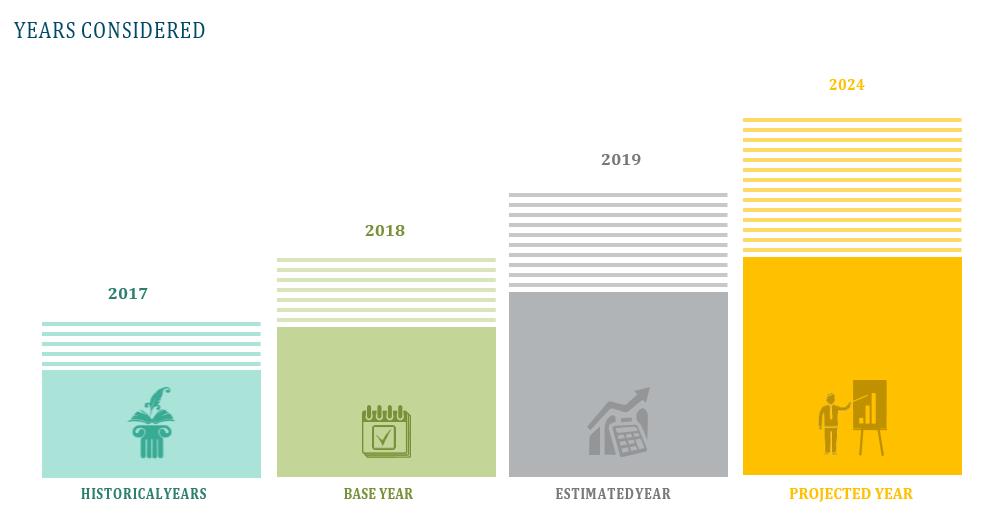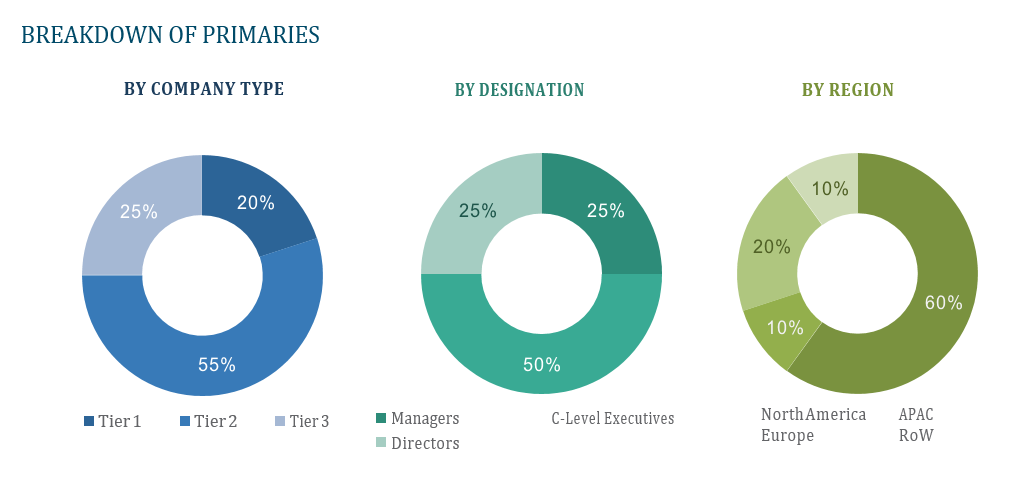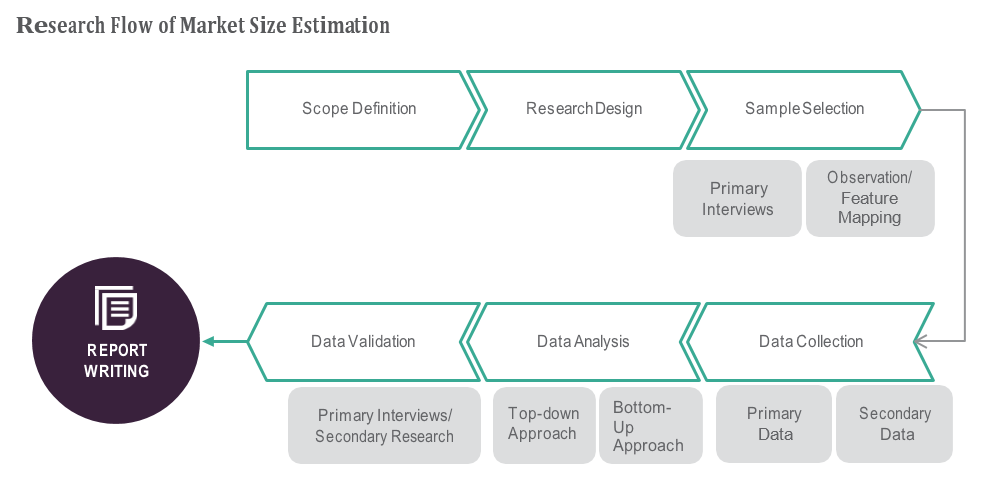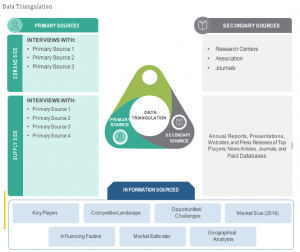OVERVIEW
The size of the busbar market is expected to reach USD 18.6 billion by 2024, increasing over the forecast period at a CAGR of 5%. Rising energy consumption as a result of industrialization and urbanization, growing emphasis on energy efficiency and the cost and operational benefits of busbar over cables are the main driving factors for the industry.








TABLE OF CONTENT
1 Global Busbar Market
1.1 Study Objectives
1.2 Market Definition
1.3 Study Scope
1.3.1 Markets Covered
1.3.2 Geographic Scope
2 RESEARCH METHODOLOGY
2.1 Research Data
2.1.1 Secondary Data
2.1.1.1 Key Data From Secondary Sources
2.1.2 Primary Data
2.1.2.1 Key Data From Primary Sources
2.1.2.2 Key Industry Insights
2.1.2.3 Breakdown of Primaries
2.2 Market Size Estimation
2.2.1 Bottom-Up Approach
2.2.2 Top-Down Approach
2.3 Market Breakdown and Data Triangulation
2.4 Research Assumptions
3 Global Busbar Market – Executive Summary
3.1 Market Revenue, Market Size and Key Trends by Company
3.2 Key Trends by type of Application
3.3 Key Trends segmented by Geography
4 Global Busbar Market – Comparative Analysis
4.1 Product Benchmarking – Top 10 companies
4.2 Top 5 Financials Analysis
4.3 Market Value split by Top 10 companies
4.4 Patent Analysis – Top 10 companies
4.5 Pricing Analysis
5 Global Busbar Market – Industry Market Entry Scenario
5.1 Regulatory Framework Overview
5.2 New Business and Ease of Doing business index
5.3 Case studies of successful ventures
5.4 Customer Analysis – Top 10 companies
6 Global Busbar Market – Market Forces
6.1 Introduction
6.2 Market Dynamics
6.2.1 Drivers
6.2.2 Opportunities
6.2.3 Challenges
6.3 Porters Analysis of Market
6.3.1 Bargaining power of suppliers
6.3.2 Bargaining powers of customers
6.3.3 Threat of new entrants
6.3.4 Rivalry among existing players
6.3.5 Threat of substitutes
7 Global Busbar Market – Strategic Analysis
7.1 Value Chain analysis
7.2 Product Life Cycle
7.3 Supplier and distributor analysis (Market share and product dealing strategies)
8 Global Busbar Market – By Conductor (Market Size – & million/billion)
8.1 Aluminum
8.2 Copper
9 Global Busbar Market – By Power Rating
9.1 Low Power (Below 125 A)
9.2 Medium Power (125 A–800 A)
9.3 High Power (Above 800 A)
10 Global Busbar Market – By End-Users
10.1 Utilities
10.2 Residential
10.3 Commercial
10.4 Industrial End-Users
11 Global Busbar Market – By Geography (Market Size – & million/billion)
11.1 Introduction
11.2 North America
11.2.1 US
11.2.2 Canada
11.2.3 Mexico
11.3 Europe
11.3.1 U.K
11.3.2 Germany
11.3.3 Italy
11.3.4 France
11.3.5 Spain
11.3.6 Rest of Europe
11.4 Asia-Pacific
11.4.1 China
11.4.2 Japan
11.4.3 India
11.4.4 South Korea
11.4.5 Rest of APAC
11.5 Rest of the World
11.5.1 South America
11.5.2 Middle East
11.5.3 Africa
12 Global Busbar Market – Entropy
12.1 New product launches
12.2 M&A’s, collaborations, JVs and partnerships
13 Global Busbar Market Company Profile (Key Players)
13.1 Market Share, Company Revenue, Products, M&A, Developments
13.2 ABB Ltd.
13.3 Eaton Corporation PLC.
13.4 Siemens AG
13.5 General Electric
13.6 Schneider Electric SE
13.7 Chint Electric Co. Ltd.
13.8 Power Products LLC
13.9 Legrand S.A.
13.10 Mersen S.A.
13.11 Rittal GmbH & Co. Kg
13.12 Company 11 & more
14 Global Busbar Market – Appendix
14.1 Sources
14.2 Abbreviations













